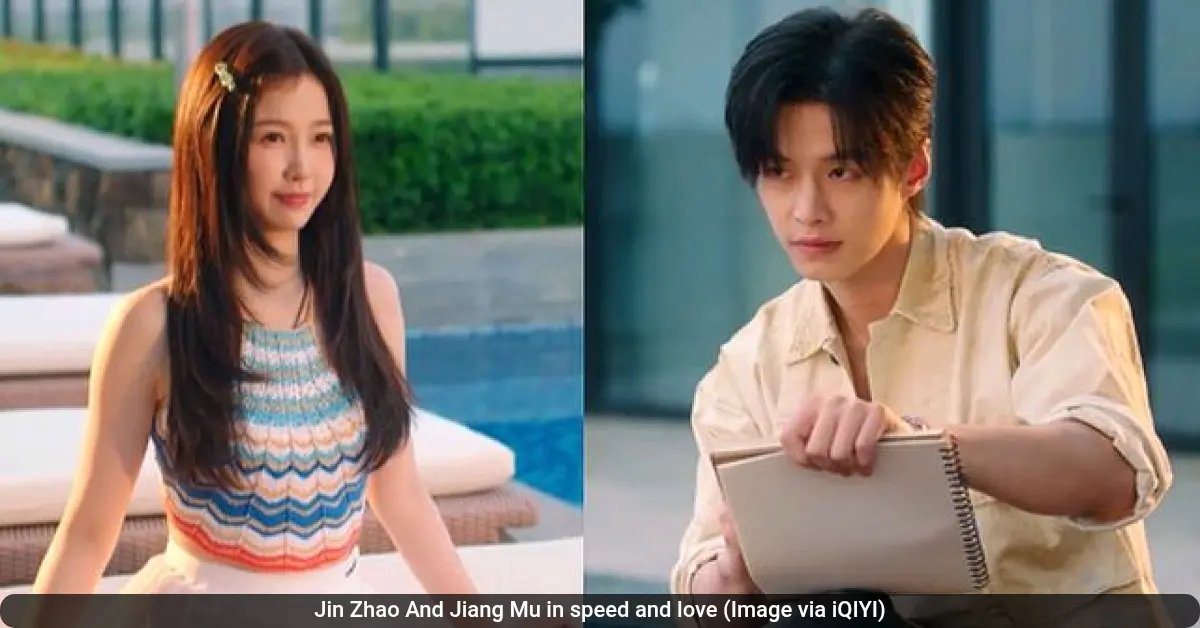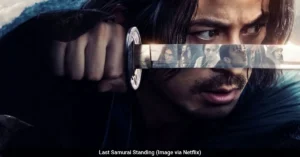Netflix’s hit Japanese series Last Samurai Standing has left audiences with a compelling cliffhanger. The show, which debuted on November 13, 2025, quickly rose to number three on Netflix’s top 10 list, earning stellar reviews. While Netflix has not yet officially confirmed a second season, creator Michihito Fujii has revealed plans for a larger story. In a recent interview, Fujii stated his vision spans two or three seasons, hoping to conclude the narrative fully in a future chapter. The first season’s explosive ending deliberately left several major questions unresolved, setting the stage for future installments.
The True Motive Behind the Kodoku Tournament
The deadly Kodoku competition is the central plot device of the series, where 292 samurai fight to collect each other’s wooden tags for a massive cash prize. While Season 1 establishes the basic rules, it leaves the deeper historical and political context largely unexplained.
The tournament is set during Japan’s Meiji era, a period of rapid modernization where the samurai class was becoming obsolete. The main villain, police superintendent-general Kawaji, orchestrates the game, believing that samurai are a threat to Japan’s progress and must be eliminated. However, the series does not clarify if this specific tournament is a unique event or part of a recurring tradition. Key questions about its broader societal impact remain, such as how the elimination of hundreds of skilled warriors will affect the regional power balance and the everyday lives of ordinary citizens. A second season would have the opportunity to explore the wider world and the full consequences of the Kodoku.
The Long-Term Purpose of a Single Winner
The first season clearly outlines the goal of the competition: be the last survivor to win 100 billion yen (roughly $650 million). However, the greater purpose of crowning one “Last Samurai” remains a mystery.
The show hints at a deeper symbolism but never fully explains what the winner is meant to represent or achieve beyond the financial reward. Is the survivor intended to gain political influence or become a symbolic figure for a new Japan? The name “Kodoku” itself, referring to a folklore ritual where insects in a jar kill each other until one remains, suggests a dark, symbolic meaning that Season 1 only begins to unpack. Understanding the ultimate reason for this brutal selection process is fundamental to the entire narrative.
The Neutrality of the Tournament Organizers
A significant question left open is the integrity of the people running the Kodoku. Season 1 presents the game’s rules but keeps its organizers mostly in the shadows.
It is revealed that the event is funded by four wealthy businessmen who bet on the outcome for entertainment, and organized by Kawaji for his own political motives. This immediately casts doubt on the competition’s fairness. The series does not explore whether the rules can be bent or if outcomes are being manipulated for specific results. With Kawaji’s rise to power and his clear personal agenda, a second season could delve into the perspective of the organizers and reveal how much control they truly exert over the fate of the competitors.
The Fate of Shujiro Saga and His Allies
The heart of the story follows Junichi Okada’s character, Shujiro Saga, a samurai who enters the Kodoku to save his family. While his immediate goal is survival, his longer-term character arc is left wide open.
The finale, titled “End of Chapter One,” sees Shujiro and the young fighter Futaba heading to Tokyo to expose the conspiracy, while his adopted sister Iroha vows revenge on the mysterious swordsman Gentosai. Shujiro’s personal journey is far from over. His past trauma, his promise to return to his wife, and his need to protect Futaba are all unresolved. His story is poised to expand beyond the tournament arena and into the larger political conflict brewing in the country. How his character develops in response to these external pressures is a major thread for a new season.
Also Read:
The Aftermath of the Samurai Elimination
One of the most significant unexplored areas is the broader impact of the Kodoku on society. The elimination of nearly 300 samurai, who were also influential community figures, would create a major power vacuum.
The first season focuses tightly on the competition and its players, leaving the wider repercussions unaddressed. How will the various samurai clans and regional governing bodies react to the loss of so many of their warriors? What economic and cultural shifts will occur? Exploring the fallout across Japan would allow the story to grow from a contained survival thriller into a richer historical drama, showing how the deadly game affects the entire nation.
Creator Michihito Fujii stated, “Two or three seasons. However, sometimes future seasons happen two or three years later, and viewers forget what happened in the past… If we could conclude the whole story with another season, I think that’s our mission.”
The strong audience and critical response to Season 1 makes a strong case for the story to continue. As fans await an official renewal announcement from Netflix, these five questions highlight the narrative potential still waiting to be unlocked in the world of Last Samurai Standing.
Also Read: Hijack Season 2 Moves from Plane to Train for High-Stakes Hostage Crisis
To My Shore: Your Complete Guide to the New Chinese BL Drama

















